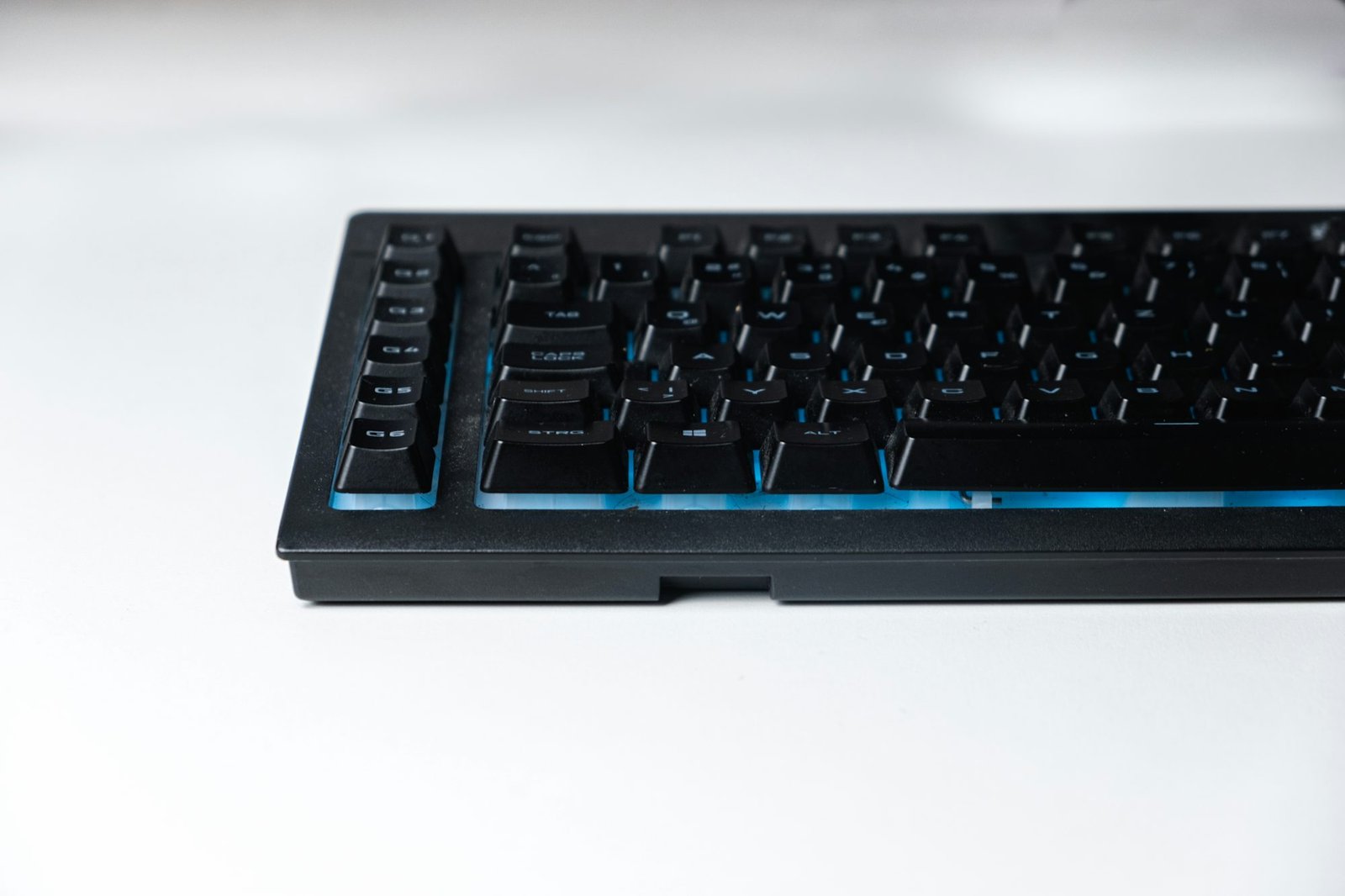nexscod.xyz
Tech This article Technology Innovation explores how artificial intelligence is revolutionizing Technology the design and development Tech of Innovation computer hardware, enhancing performance and efficiency. nexscod nexscodThe design phase of computer hardware has traditionally involved a considerable amount of manual labor, requiring engineers to analyze various parameters and make decisions based on extensive data sets. However, with the advent of AI, this process is becoming increasingly automated. Machine learning algorithms can analyze design specifications, predict potential issues, and suggest optimizations based on historical data and patterns. This capability not only speeds up the design process but also enhances the overall quality of the hardware being produced.
One of the most significant applications of AI in hardware design is in the area of simulation and modeling. Before a hardware component is built, it must undergo rigorous testing to ensure it meets performance standards. AI-driven simulation tools can create realistic models that mimic real-world conditions, allowing engineers to assess how components will behave under various scenarios. This predictive capability reduces the risk of errors and minimizes the need for costly physical prototypes, resulting in significant time and cost savings during the development cycle.
In addition to improving the design process, AI is playing a crucial role in optimizing hardware performance. For instance, AI algorithms can dynamically adjust system settings based on usage patterns, ensuring that resources are allocated efficiently. This is particularly important in environments where multiple applications are running concurrently, such as data centers and gaming systems. By intelligently managing CPU, GPU, and RAM usage, AI can enhance system performance while reducing energy consumption, aligning with the growing demand for sustainable technology solutions.
Furthermore, AI is instrumental in the realm of predictive maintenance. Hardware components, especially in large-scale operations, are susceptible to wear and tear over time. By utilizing AI to monitor component performance, manufacturers can predict when a part is likely to fail and schedule maintenance before issues arise. This proactive approach not only extends the lifespan of hardware but also minimizes downtime, leading to increased productivity and cost efficiency.
The integration of AI into hardware design is also influencing the development of specialized components. As industries evolve, there is a growing need for hardware tailored to specific tasks. For example, in fields such as artificial intelligence, graphics rendering, and scientific computing, the demand for powerful yet efficient processors has led to the creation of specialized chips, such as neural processing units (NPUs) and graphics processing units (GPUs). AI aids in the design of these components by analyzing the requirements of various applications and guiding engineers in creating optimized architectures that cater to specific needs.
As AI continues to evolve, the concept of self-optimizing hardware is becoming a reality. This innovative approach involves creating systems that can learn from their environments and adjust their configurations autonomously. For example, a computer could dynamically allocate resources based on the applications being run, ensuring optimal performance without manual intervention. This level of automation not only enhances user experience but also simplifies system management, particularly in complex environments like cloud computing and enterprise data centers.
The shift towards AI-driven hardware is also reflected in consumer devices. Modern laptops and desktops increasingly incorporate AI capabilities, from voice recognition to smart assistants. These features rely on powerful hardware that can process data quickly and efficiently, enhancing usability and interactivity. As AI technology continues to advance, we can expect to see even more sophisticated features integrated into consumer devices, making technology more intuitive and accessible.
Moreover, the influence of AI extends beyond hardware design and performance; it also impacts how manufacturers approach production processes. AI-driven automation is streamlining manufacturing lines, enabling more efficient assembly and quality control. For instance, computer vision systems powered by AI can inspect components for defects, ensuring that only high-quality parts are used in the final product. This increased level of precision minimizes waste and enhances Technology product reliability, ultimately benefiting consumers.
Additionally, AI is facilitating better supply chain management in hardware production. By analyzing market trends and consumer demand, AI systems can help manufacturers optimize inventory levels and production schedules. This capability not only reduces costs associated with overproduction but also ensures that products are delivered to market more quickly, responding to consumer needs in real time.
The collaboration between AI and hardware design is not without its challenges. As manufacturers adopt AI technologies, they must also address concerns related to security and ethics. The rise of intelligent systems creates new vulnerabilities, necessitating robust security measures to protect against cyber threats. Additionally, as machines take on more decision-making roles, ethical considerations around transparency and accountability become paramount.
Despite these challenges, the future of AI in computer hardware design looks promising. As technology advances, we can expect to see even greater integration of AI in hardware development, leading to more powerful, efficient, and intelligent systems. The ongoing research in AI and machine learning is likely to yield innovative solutions that enhance the capabilities of computer hardware, paving the way for breakthroughs in fields such as artificial intelligence, augmented reality, and high-performance computing.
In conclusion, the impact of AI on computer hardware design is profound and far-reaching. From automating design processes and optimizing performance to enabling predictive maintenance and enhancing consumer devices, AI is revolutionizing the way we approach hardware development. As we continue to explore the potential of AI, it is essential to embrace these innovations and their implications for the future of computing. By harnessing the power of AI, we can unlock new possibilities in technology, driving advancements that benefit both industries and consumers alike.
